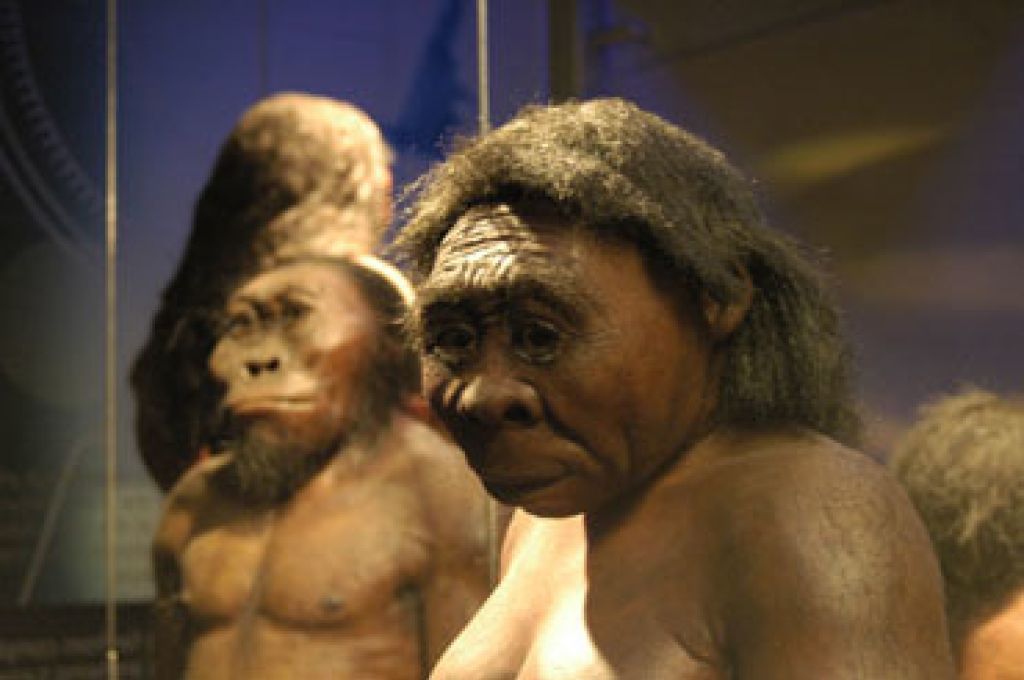Maropeng’s hominid models: Bringing the past back to life

We often see images and videos of long-extinct creatures that no human has ever laid eyes on, such as Tyrannosaurus rex or Velociraptor, which were both in the film Jurassic Park. Of course, the ancient hominid species that once lived in the Cradle of Humankind – Australopithecus africanus and Australopithecus sediba, to name just two – are also extinct, which is why the exhibition at Maropeng tries to bring them back to life with 3-D models.
You can’t get very far at Maropeng without meeting Harry the Hominid, who currently greets visitors (albeit very silently) as they enter the foyer. Harry has travelled far and wide representing Maropeng, and the model is incredibly lifelike and gets much attention. Harry is representative of the “Little Foot” species, yet to be officially named.
In the exhibition itself there are several other hominid models, including Paranthropus robustus and Homo habilis. They were all made by a company called The Creature Shop, which makes a host of prosthetics, animatronics and models. But unlike many of The Creature Shop’s other projects, the hominid models are based only on fossil finds, and the model-makers had to work hand-in-hand with Wits scientists to get them right.
Graham Press owns The Creature Shop and says crafting the Maropeng exhibits was a meticulous process. “We worked with all the scientists who wanted to get things right,” he says. “I would say the whole thing took about six months.” That’s because, unlike many of The Creature Shop’s other models, which are made for film and television, the hominid models would be on permanent display. “These models were built to last forever.”
Press says scientists were consulted at the beginning, and then once more for the finer details of the models. “First we make a sculpture, and then the mould, and then the silicone positives are made. After that comes the painstaking process of airbrushing on the colour, adding shading, and adding the eyes, fingernails and hair colour.” The result? Some impressive-looking hominids to look you in the eye.
Visitors to the exhibitions at Maropeng and Sterkfontein Caves will also be struck by the various detailed images of hominids, which are provided by palaeo-artist John Gurche. He works very closely with scientists to produce striking images of our ancestors, as accurate as current fossil evidence allows.
The benefit of portraying these hominids is that visitors can put a face to a name. For example, when Professor Robert Broom discovered “Mrs Ples”, one could only imagine what this creature looked like. But thanks to some careful design and keen attention to the finer points, scientists and artists can reveal stunning details about what these ancient ancestors could have looked like.
Click on the image below to enjoy a video that shows John Gurche and his meticulous method of creating models of our hominid ancestors.
